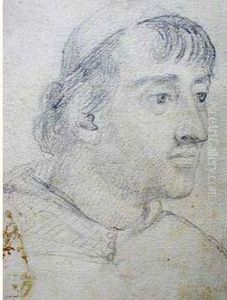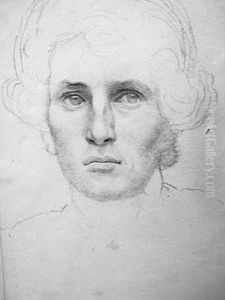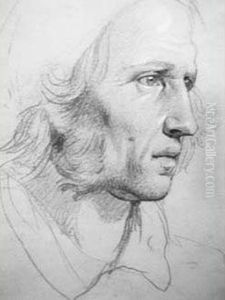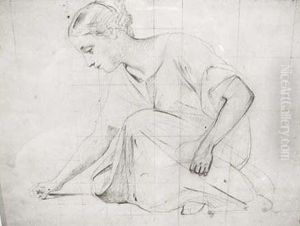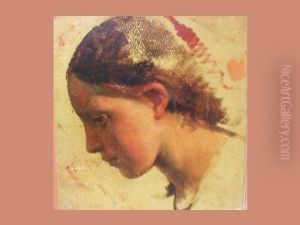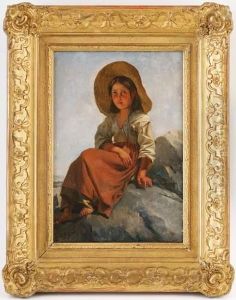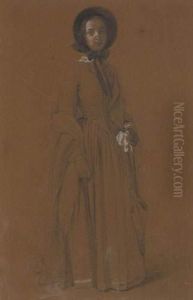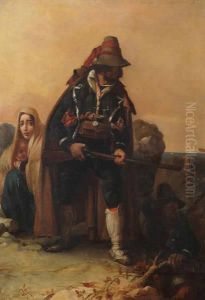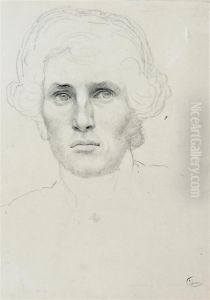Jean Leonard Lugardon Paintings
Jean Léonard Lugardon was a Swiss painter born on February 18, 1801, in Geneva, Switzerland. Although not as widely known as some of his contemporaries, Lugardon made significant contributions to Swiss art during the 19th century, particularly in the realm of historical and religious painting.
Lugardon studied under the tutelage of the respected Swiss artist Jean-Antoine Gros, who was known for his neoclassical style and historical subjects. Under Gros's influence, Lugardon developed a keen interest in historical scenes and was particularly influenced by the French neoclassical tradition. This can be seen in his precise drawing, clear compositions, and a palette that often emphasized strong contrasts of light and shadow.
During his career, Lugardon received commissions for a variety of works, including religious commissions for Swiss churches. His religious paintings often reflected his meticulous approach to composition and his ability to convey solemnity and narrative through his works. Lugardon's historical paintings, which often depicted moments from Swiss history, were also well-received and contributed to the nationalistic sentiments that were prevalent in the arts during his time.
Apart from his painting, Lugardon was also involved in teaching. He was appointed as a professor at the Geneva School of Fine Arts, where he influenced a generation of Swiss artists. His role as an educator helped to establish a strong artistic tradition in Geneva and ensured that his classical approach to painting was passed down to subsequent artists.
Jean Léonard Lugardon's contributions to Swiss art were recognized in his time, and his works can still be found in Swiss museums and collections. Despite the fact that he is not as well-known internationally as some artists of his era, his legacy continues to be appreciated by those familiar with Swiss art history. Lugardon passed away on September 10, 1884, in Geneva, leaving behind a body of work that continues to be studied and admired for its historical value and craftsmanship.
